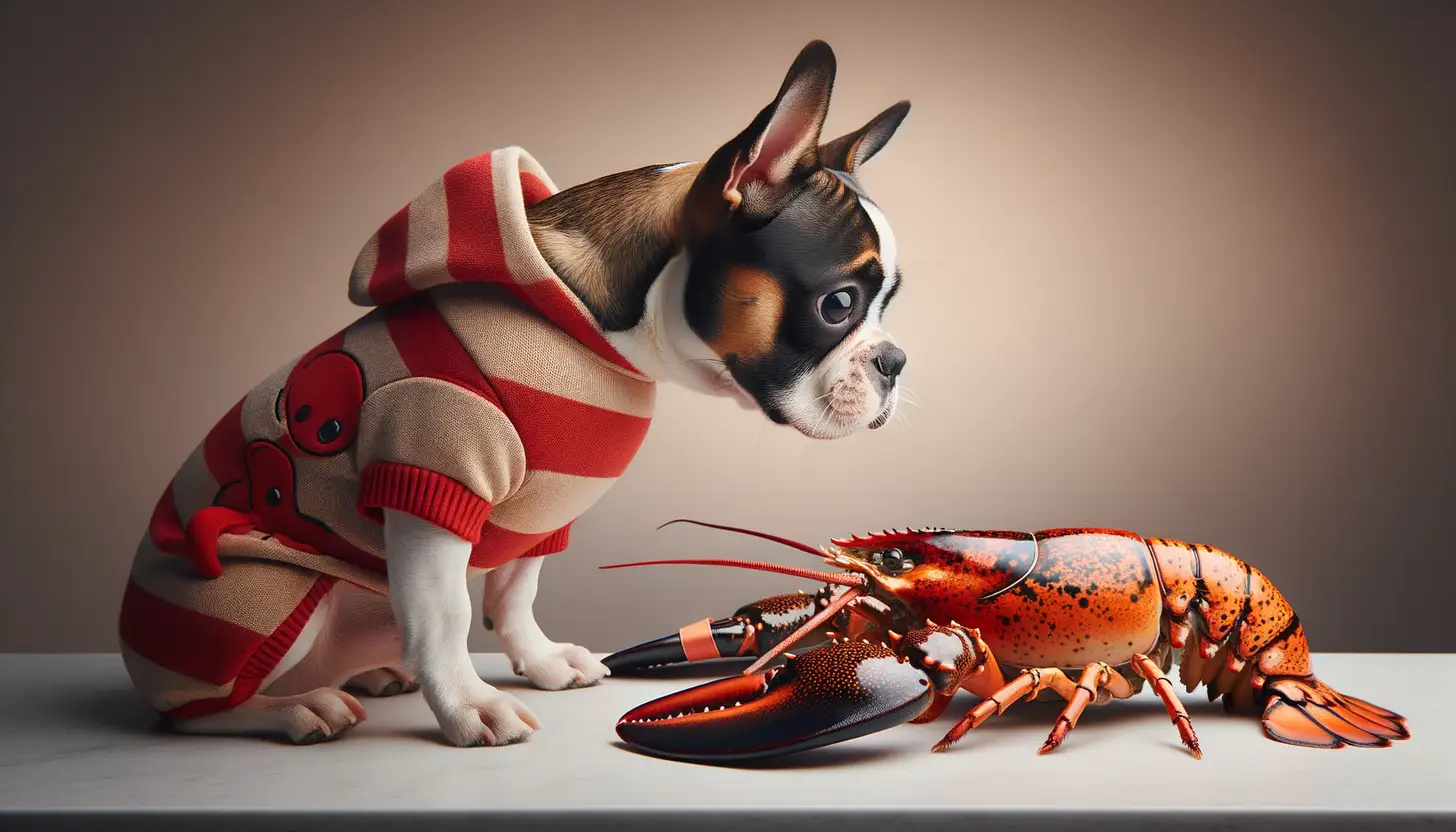
Can Dogs Eat Lobster?
Yes, dogs can eat lobster, but there are important guidelines to follow. Cooked lobster meat is generally safe, while the shells and certain parts of the lobster can be harmful. Never give your dog lobster that’s seasoned or has added ingredients like butter, garlic, or onions, as they can be toxic.

By Stefan Stumpfl, in collaboration with Dr. Ali Raza.
Updated on May 24, 2024
Lobster should always be served cooked and without any added seasonings, butter, or sauces.
Lobster
Nutrition
Taste
Digestibility
Feeding Frequency
Allergic Risk
Benefits and Risks of Lobster
Lobster is rich in protein, omega-3 fatty acids, and essential nutrients like zinc and phosphorous. These can contribute to a shiny coat and healthy skin. However, lobster’s high sodium content can be risky, particularly for dogs with heart or kidney problems. Always remove the shell to prevent choking and digestive issues.
Which Parts of Lobster Are Safe / Unsafe?
- Safe: Cooked, plain lobster meat with the shell removed.
- Unsafe: Lobster shells, tail, and head due to choking hazards and sharp edges. Seasoned lobster is also a no-go.
Other Products Containing Lobster
Beware of lobster-flavored snacks and processed foods, which can contain harmful additives:
- Lobster Bisque: Often includes cream, onions, and spices unsuitable for dogs.
- Lobster Salad: May contain mayonnaise and other ingredients that are hard to digest.
- Imitation Lobster Meat: Contains preservatives and flavorings that are not dog-friendly.
How to Feed Lobster to Your Dog
Start by giving your dog a small amount of plain, cooked lobster meat to see how they react. Make sure it's finely chopped to avoid choking hazards. If your dog enjoys it and shows no adverse effects, you can occasionally add small amounts to their regular meals.
Common Misconceptions
One common myth is that all shellfish are toxic for dogs. While some shellfish can be risky, properly prepared lobster meat can be a treat. Another misconception is that lobster shells provide a good source of minerals. In reality, they pose a significant choking hazard.
What If Your Dog Reacts Badly to Lobster?
If your dog shows signs of an allergic reaction—such as itching, swelling, or gastrointestinal upset—after eating lobster, stop feeding it immediately. Consult your vet, especially if symptoms persist or worsen.
Safer Alternatives to Lobster
If you want to offer your dog seafood benefits without the risks:
- Salmon: Rich in omega-3 fatty acids and safer when cooked properly.
- Sardines: Packed with nutrients and usually sold pre-cooked and deboned.
- Canned Tuna: In moderation, it can be a good protein source, but opt for tuna in water, not oil.
Conclusion
Lobster can be a tasty and nutritious addition to your dog's diet when prepared correctly. Always exercise caution, removing shells and avoiding any seasonings. When in doubt, consult your vet before introducing any new food to your dog’s diet to ensure their safety and well-being.